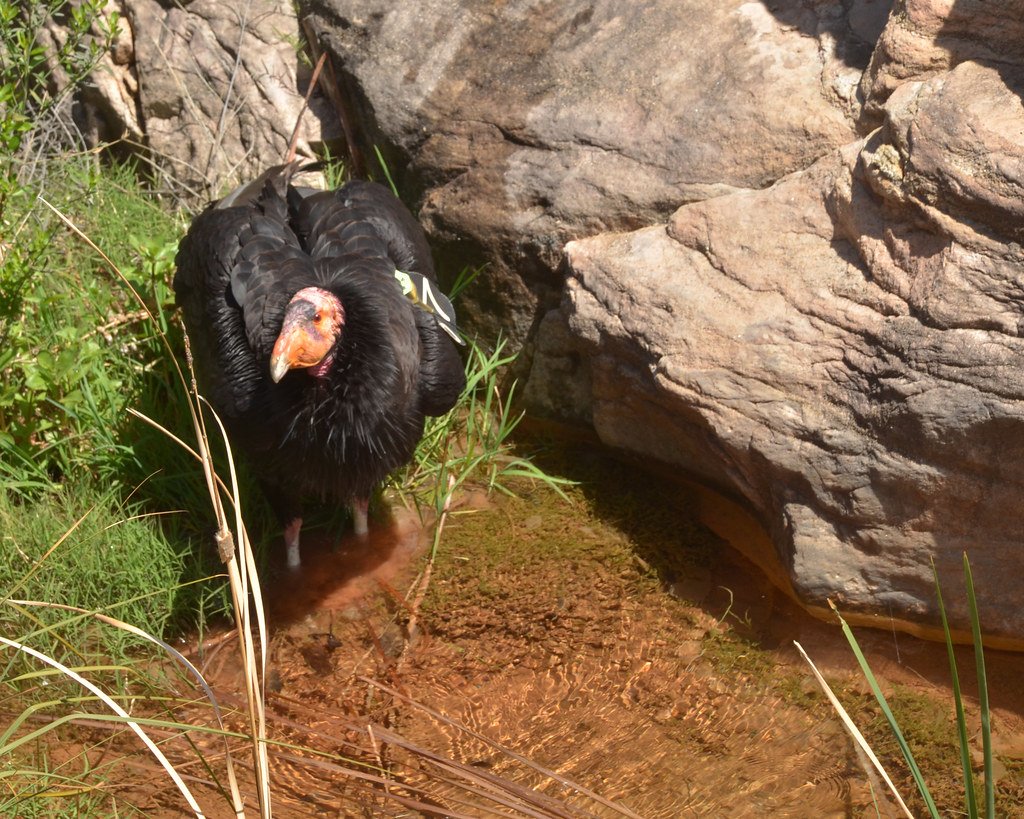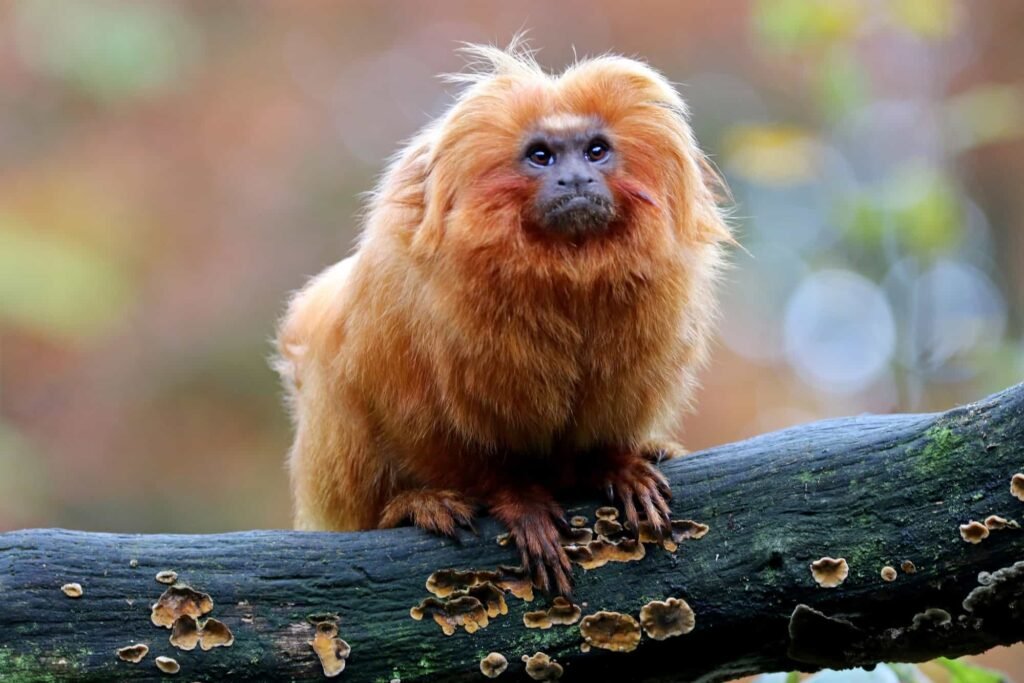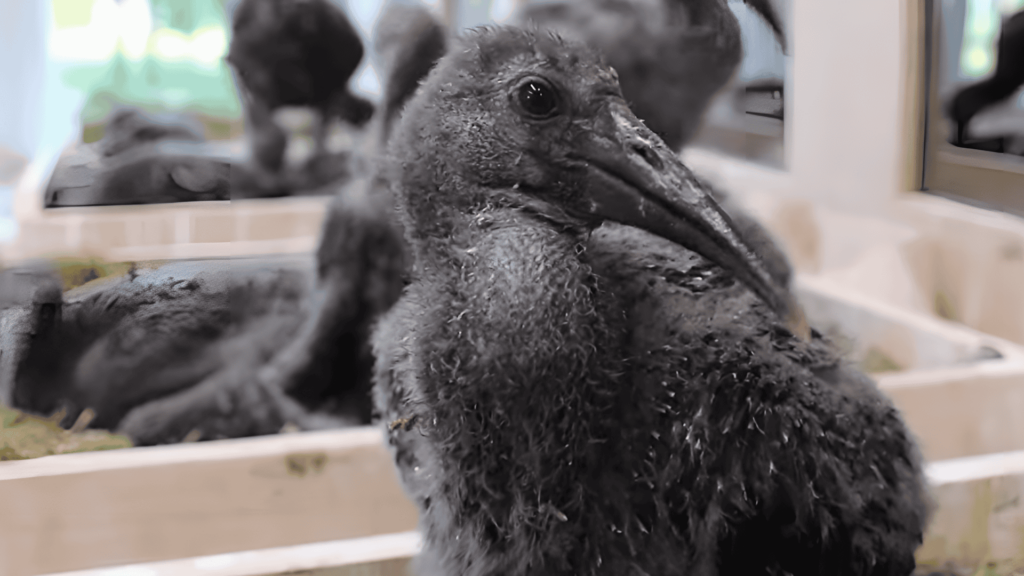In an era where human activities are leading to alarming rates of extinction, the reintroduction of wildlife species offers a beacon of hope. These efforts not only restore biodiversity but also rejuvenate ecosystems that once teetered on the brink of collapse. This article dives into six remarkable stories of wildlife reintroductions that have brought species back from the verge—restoring balance and inspiring conservationists worldwide.
1. The Return of the Gray Wolves to Yellowstone

The reintroduction of gray wolves to Yellowstone National Park stands as one of the most iconic conservation efforts of the 20th century. In the 1920s, wolves were eradicated from the park as part of predator control efforts. This led to an overpopulation of elks, which in turn degraded vegetation and disrupted the ecological balance. In 1995, 31 wolves were relocated from Canada to Yellowstone. This initiative proved transformational; wolves controlled the elk population, enabling willow and aspen to flourish once again. This, in turn, provided habitats for beavers and birds, demonstrating the profound impact a single species can have on the ecosystem.
2. Polish Traditions Revive the European Bison

The European bison, or wisent, faced extinction in the wild due to overhunting and habitat destruction by the early 20th century. With only a few individuals left in zoos, conservationists embarked on a breeding program in Poland. In 1952, after careful rearing, the first bison were reintroduced into the Białowieża Forest, a step that marked their gradual return to other parts of Europe. Today, thanks to dedicated efforts spanning decades, the European bison has been successfully reestablished in its native habitats, symbolizing the strength of collaborative conservation efforts.
3. California Condors Soar Once More

California condors, North America’s largest birds, hovered on the brink of extinction during the 1980s, with only 27 individuals reported in the wild. A bold initiative captured the remaining birds for a captive breeding program. Despite initial opposition, by the mid-1990s, reintroduction of bred condors began in California, Arizona, and Mexico. The species now numbers over 400, with more than half flying free in their restored habitats, feeding conservation optimism with every majestic wingbeat.
4. Iberian Lynx Finds Its Way Back into the Wild

The Iberian lynx, once the world’s most endangered feline, found itself on the brink of extinction at the start of the 21st century. Only about 100 lynxes remained due to loss of prey and habitat fragmentation. A targeted captive breeding and reintroduction program in Spain and Portugal played a pivotal role in reviving this elusive predator’s fortunes. Today, over 400 lynxes roam freely across the Iberian Peninsula, illustrating how science and conservation can work hand in hand to save a species.
5. Arabian Oryx Roams the Deserts Again

Driven to extinction in the wild by the early 1970s, the Arabian oryx seemed destined for myth. But through international conservation efforts, including captive breeding in Phoenix Zoo, a reintroduction program was launched in 1982 in Oman. Since then, populations of this iconic desert antelope have expanded to Saudi Arabia and the United Arab Emirates, with hundreds now grazing freely across these arid lands, a living testament to what’s possible with coordinated global efforts.
6. Golden Lion Tamarin Swings Back into Brazilian Forests

The vibrant golden lion tamarin faced dire threats from deforestation in Brazil’s Atlantic Forest. By the 1970s, their numbers dwindled to a critical 200. Through a mix of conservation strategies, including habitat preservation and a successful captive breeding and reintroduction program, the tamarin population has grown to over 3,200. Though challenges remain, their recovery journey underscores the power of protecting and restoring natural habitats.
Conclusion

These stories of reintroduction illustrate the resilience of nature and the impact of dedicated conservation efforts. Each success not only generates hope for the species themselves but also highlights the interconnectedness of ecosystems and the critical role that every species plays. As we strive for a sustainable future, these tales remind us of the importance of preserving the planet’s rich biodiversity for generations to come. Through commitment, innovation, and collaboration, the path to conservation success is paved—proving that it is indeed possible to turn back the clock and restore nature’s precious balance.



